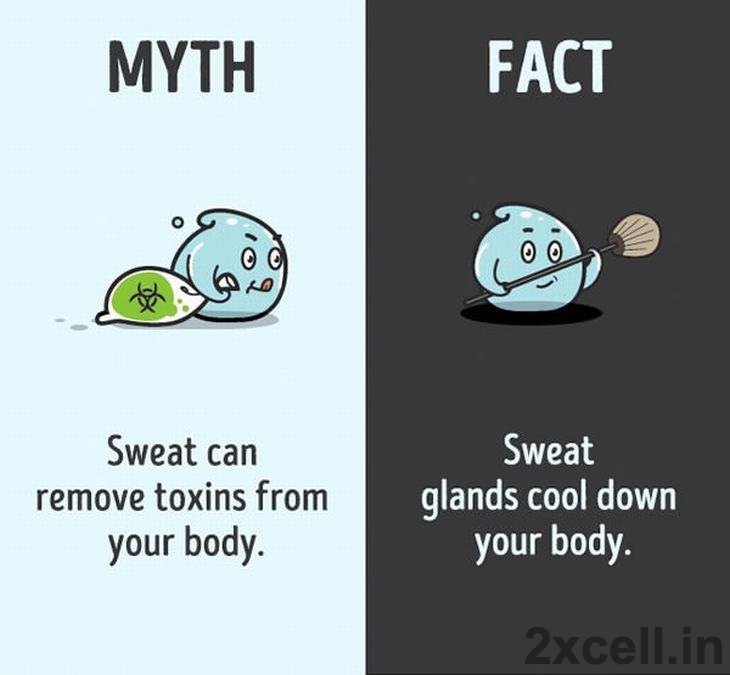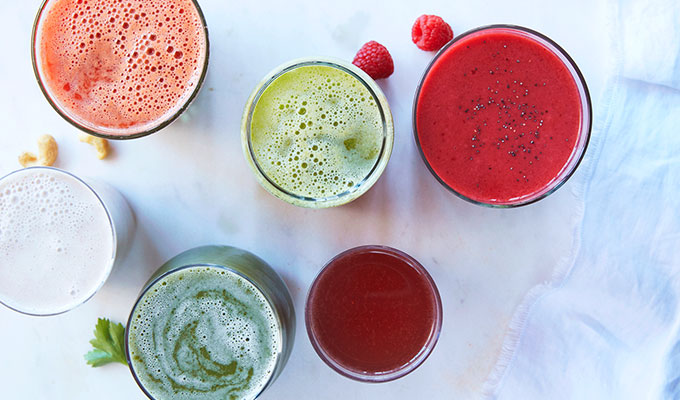
It does not mean that you should eliminate salt from your daily diet. You can still enjoy a variety of delicious foods and low in sodium. It is important to choose the right foods. A few of these examples are processed meats, canned goods, and cheese. Low-sodium tomato juice or paste are also available. It will save you time and money to choose low-sodium dairy and meat products.
There are many foods low in sodium, including fresh fruits and vegetables as well as whole-grain pasta. Nuts are rich source of healthy fats and a great source protein, fibre, and other essential vitamins and minerals. Additionally, nuts are high in antioxidants, which help to prevent free radical damage from occurring and reduce the adverse effects of sodium. This article will show you how to cut down sodium.
To avoid the harmful effects of sodium, you can choose food labels that state their sodium content. Look out for the "Heart Check", seal. Some of the most popular processed meats contain high amounts of sodium, and you should avoid these products. Make sure to inspect the ingredients and check that they are labeled "low salt" or "low sulphite." You can also cook with fresh herbs if you aren't sure. You can also use celery seed, onion powder and garlic powder.
Low-sodium cheese can be substituted for processed cheese to cut down on sodium intake. Try substituting cottage cheese, mozzarella, or buttermilk for these substitutes. You can also substitute table-salt with spices and make homemade juice from canned beverages. Avoid canned foods and roasted salted peanuts. These foods are high-sodium and should be avoided. It is best to thoroughly rinse cans with water before they are consumed.
Try spreading sodium throughout the day, to reduce your sodium intake. You can reduce sodium intake by choosing fruits and vegetables and avoiding high-sodium foods. Ask for less salt in restaurants. Custom-made foods are healthier and less salty. Ask for dressings and sauces when ordering at a restaurant. If you are dining out, ask for low-sodium options.

Check the labels on the foods you eat to reduce sodium intake. Always read the label. The label can be read to determine the serving size, the ingredients, as well the sodium content. A product shouldn't contain more than 140mg sodium per serving. To make popcorn even more delicious, you can add spices. This snack is a good source of fiber, and it is low-sodium.
Although salty foods are best avoided, there are still foods that are low-sodium. Whole grains and breads both have high fiber content and are low on sodium. Rice bran, for instance, is a good source of fiber. It also has just 6 mgs of sodium per serving. Be aware that whole grain products can contain additional salt. Multigrain bread, for instance, has almost 170mgs of sodium.
Fresh fruits are a good way to lower sodium intake. Fresh fruits are low on sodium and full of essential vitamins and minerals. One milligram of sodium in an apple is about 6% of the daily recommended intake. Greek yogurt contains the same amount of sodium that plain yogurt, but has more protein. This makes it a great choice if you are watching your sodium intake. It's also rich in potassium, which is vital for maintaining healthy blood pressure.

Certain foods contain very high levels of sodium. These levels are still low in comparison to other foods. Vegetables, while being a great source for fiber and low in sodium, have higher sodium levels than other foods. For example, a cup beets will have 84 milligrams and half a cup of spinach will have 63 milligrams. Other "salt-free" foods include asparagus, corn, green beans, and avocado.
FAQ
Where can i buy quality kitchen equipment
Online shopping is a great way to purchase quality kitchen equipment. You can find all kinds of kitchen tools on a variety of websites. However, it is important to check reviews and ratings before making any purchase of kitchen equipment. You can also ask other people who own similar items if they would recommend them.
Can I cook with my family?
Yes! Kids love to help in the kitchen. It's a great way to teach responsibility and teamwork. Children can help with everything from washing vegetables to chopping onions. Children will love helping to cook if they are taught safe knife handling techniques.
Can you become a self-taught chef?
You can learn to cook by yourself! The joy of cooking is something that everybody enjoys doing, no matter their skill level. Learn how to cook at home. Start small with things like making pancakes or spaghetti sauce for your dinner. Try new recipes and be open to experimentation when learning how to cook. It is possible to make mistakes.
You can learn to cook in a matter of hours or weeks depending on your level of cooking ability. It's important that you remember that cooking does not mean following a recipe. There are many ways to cook food. If you have an idea, follow it.
Statistics
- You'll be amazed that over 90% of CIA students receive scholarships and grants to finish their culinary studies. (ischoolconnect.com)
- According to the BLS, chefs earn $58,740 a year. (learnhowtobecome.org)
- under 10 Kids have been taught that there is special food just for them, and Fiese says that 10 percent of kids will throw a tantrum if they don't get the food they want. (washingtonpost.com)
External Links
How To
How to cook a steak
The type of meat you are cooking will determine the right method to use. Thicker steaks should be cooked over low heat. Thicker steaks will need to cook at higher temperatures.
Don't overcook them as they will lose flavor. Remember to take your steak out of the oven when it's done. You won't burn.
Cooking times vary depending on the size and degree of doneness desired. Here are some guidelines:
Medium Rare: Cook until medium-rare, which is when the internal temperature reaches at least 145degF (63degC). This process takes between 3 - 5 minutes per side.
Medium: Cook till medium. This takes approximately 6 minutes per side.
Well Done: Cook until well done, which means the internal temps reach 180degF (82degC). This takes between 8 and 12 minutes per side.